NASA's Latest Artemis 1 Moon Images Are Truly Jaw-Dropping
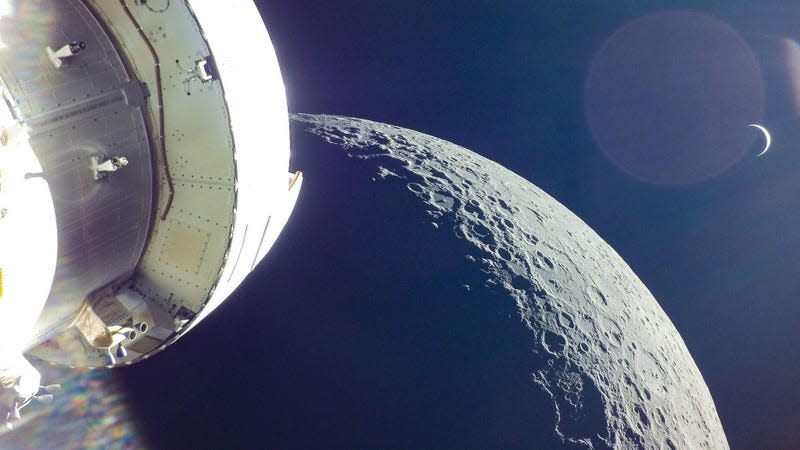
Orion’s view of the Moon and crescent Earth moments after completing its second close lunar flyby on December 5.
Orion’s most recent accomplishments include a new distance record, a close flyby of the Moon, and a trajectory correction maneuver that sent the uncrewed capsule on its journey back to Earth. Not surprisingly, these milestone events made for some excellent photo opportunities.
Artemis 1 is nearly over, with the historic 25.5-day mission concluding just four days from now. It’s been a big success, with Orion entering and then exiting its target distant retrograde orbit around the Moon. Many memorable photos have been captured throughout the mission, but a newly released set contains some of the best taken so far.
Read more
Orion, Earth, Moon
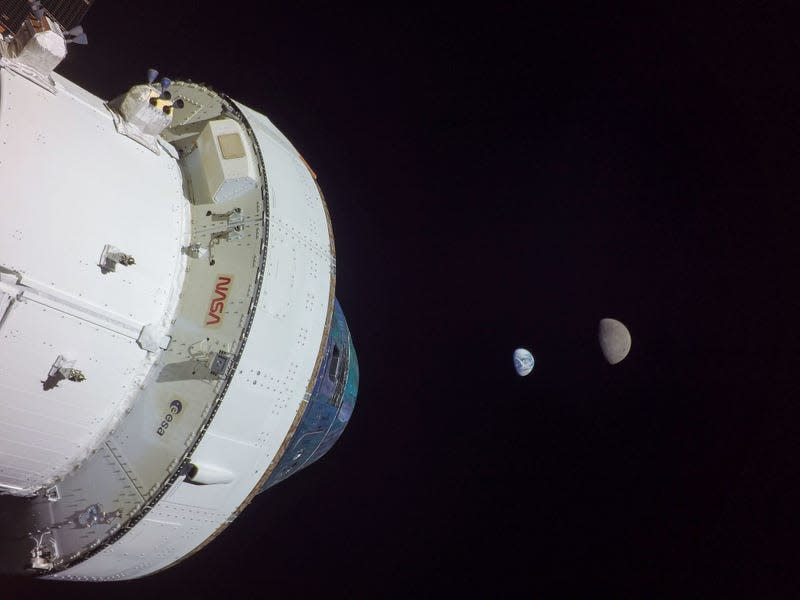
This image, captured on November 28, is unlike any other taken by a crew-rated spacecraft. It was on this day, the 13th of the mission, that Orion reached its maximum distance from Earth: 268,563 miles (432,210 kilometers). No spacecraft built for humans has ever ventured so far from our home planet. For this mission, Orion has no passengers, save for some manikins that are gathering valuable data.
A closer look
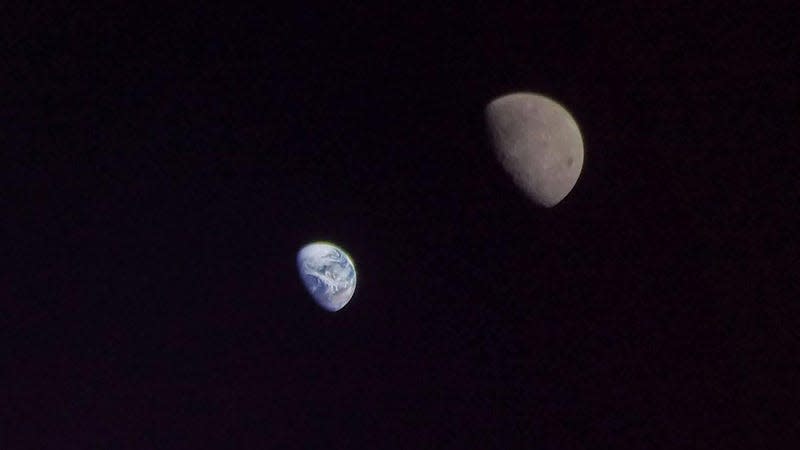
A zoomed-in view of the same image, showing the Earth and Moon in more detail. It’s not often that you see an image showing our natural satellite in the foreground and our home planet lurking in the background.
Hello, Moon
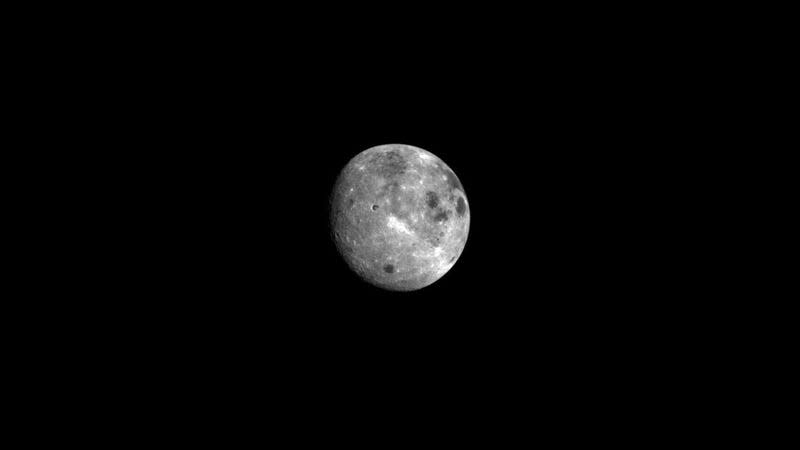
Orion captured this black-and-white view of the Moon on November 30, the 15th day of the mission. The capsule is equipped with 16 cameras, a number of which are located on the tips of its solar arrays.
In thrust we trust
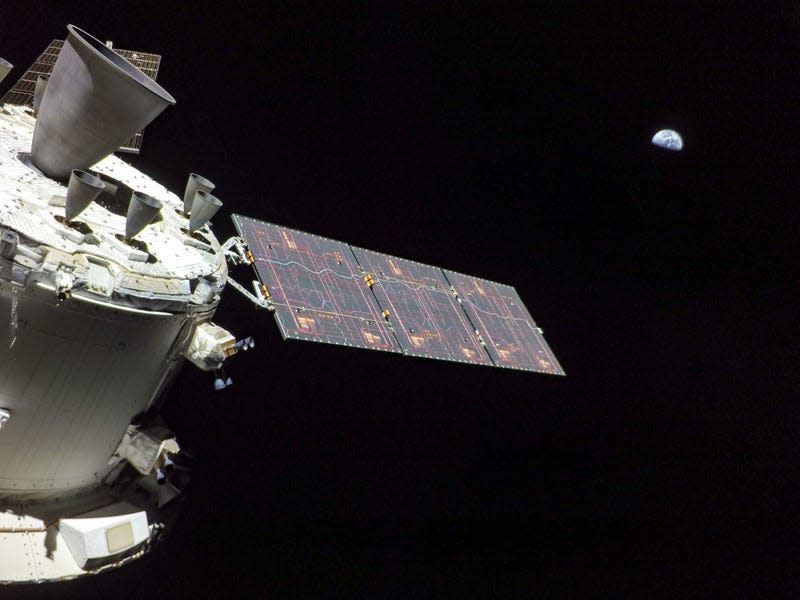
On November 30, an Orion camera mounted to the tip of a solar array captured this photo of a neighboring solar array, along with a view of Earth in the background. The detail in this photo is exquisite, showing the solar array and European Service Module. The European Service Module, which powers the capsule and moves it through space, is fitted with 33 engines of three different types, a number of which are visible in this photo.
Four wings for power
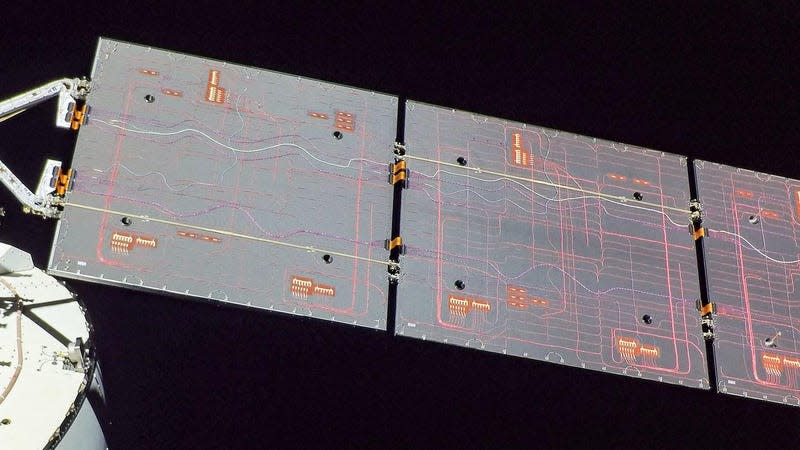
Each wing measures approximately 6.5 feet (2 meters) wide and 23 feet (7 meters) long, with each wing consisting of three perfectly squared panels. Combined, the four solar array wings provide around 11 kW of electricity, which is enough to power two three-bedroom homes.
220,000 miles from home
Orion captured this video (sped up to 8-times normal speed) on December 2. Artemis 1 is a stage-setting mission for the planned Artemis 2 mission, in which a crew of four astronauts will repeat this journey.
Small toots, big gains
Orion performed its a return trajectory correction burn on December 2, the 17th day of the mission. The video above shows some of Orion’s thrusters at work during the burn. The correction maneuver changed the spacecraft’s velocity by 0.48 feet per second (0.3 miles per hour), moving it toward a trajectory that’s currently taking the capsule back to Earth. Orion broke free from distant retrograde orbit one day earlier.
Crescent Earth
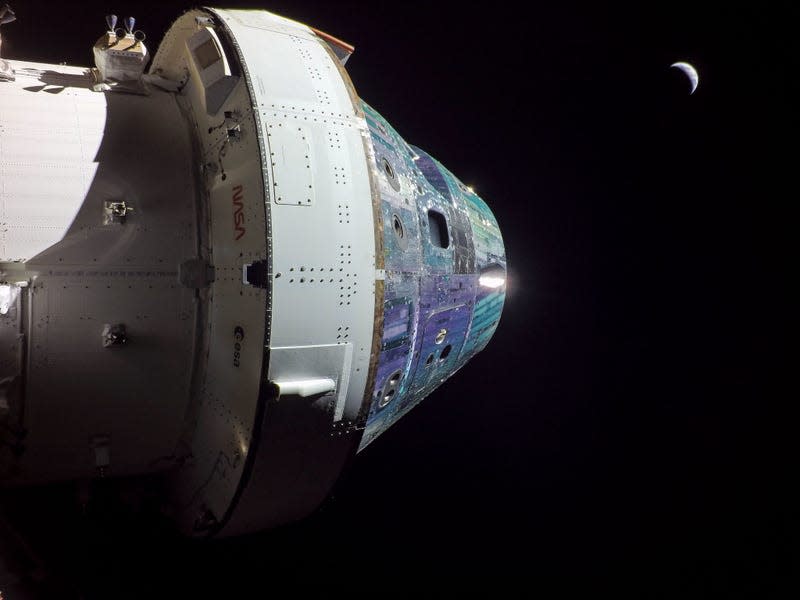
A sweet slice of Earth, as seen by Orion on December 4, the 19th day of the Artemis 1 mission.
Lunar approach
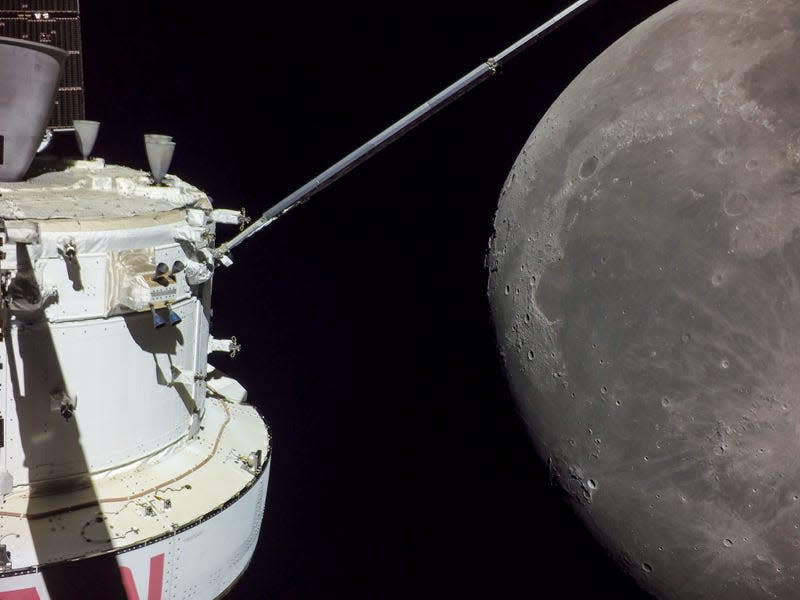
A portion of the Moon’s far side is visible, in this image taken just prior to Orion’s second close lunar flyby on the 20th day of the Artemis 1 mission.
Up close and personal
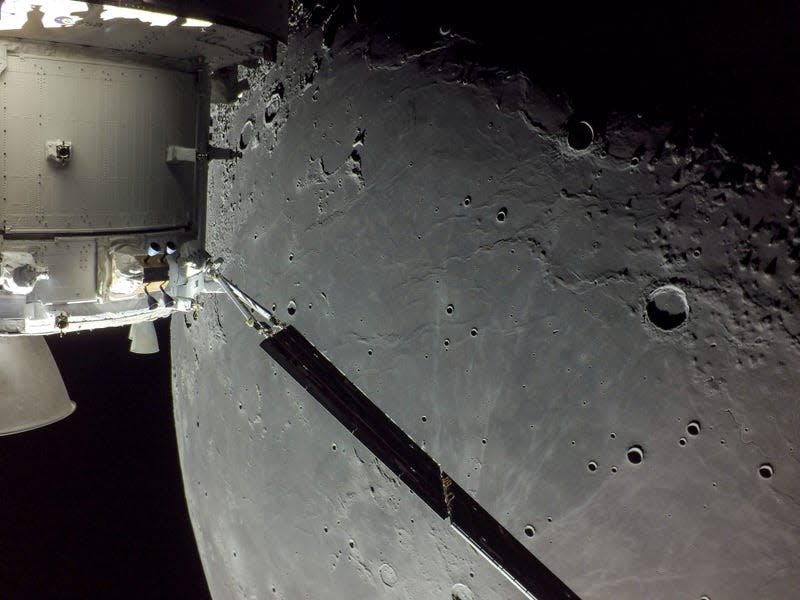
This photo was taken just moments before Orion flew behind the far side of the Moon. NASA temporarily lost contact with the capsule for 31 minutes, as expected. The flyby burn itself took 3 minutes and 27 seconds, placing Orion on a trajectory that will take it back to Earth. Orion completed its first lunar flyby on November 28, during which time it captured some spectacular views of the Moon’s cratered surface.
After the flyby
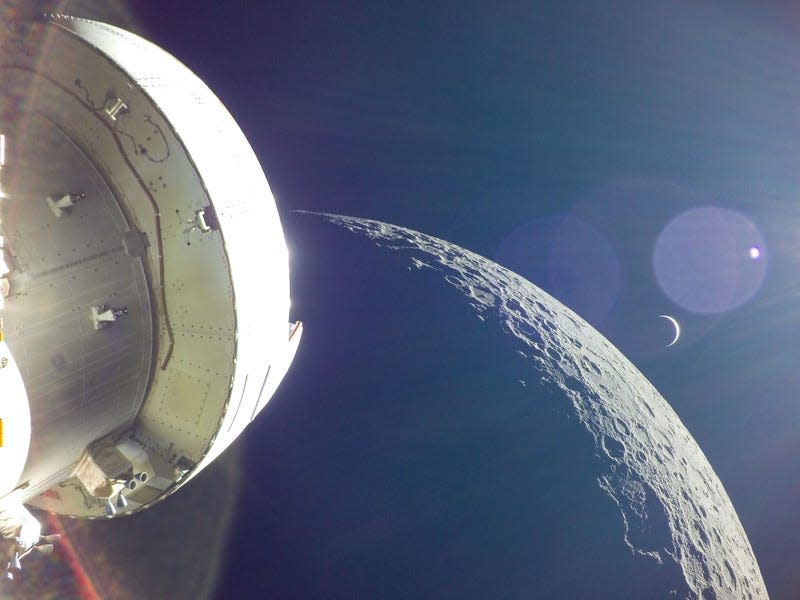
Orion performed its second close lunar flyby on December 5, coming to within 80 miles (130 km) of the lunar surface. The spacecraft then emerged from the far side of the Moon, providing this remarkable view of the Moon and crescent Earth.
Intimate selfie
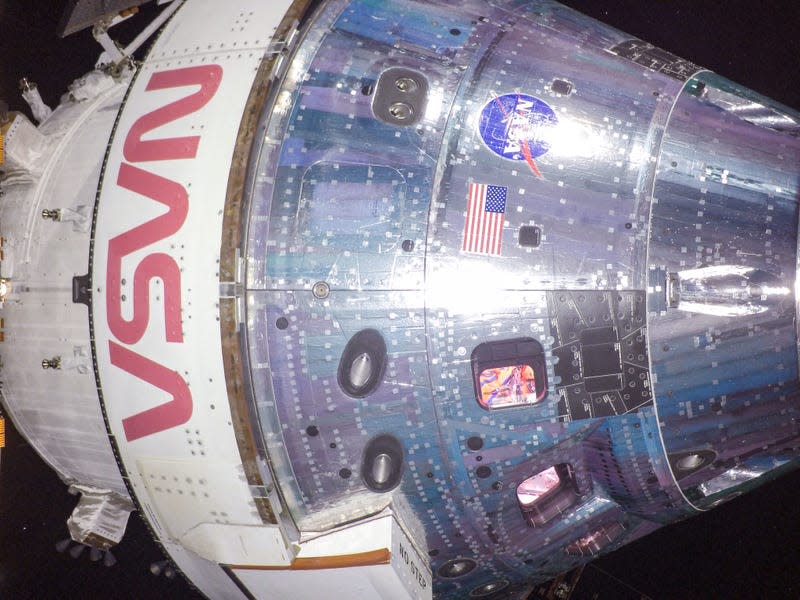
Orion captured this view of itself on December 5, and it shows Commander Moonikin Campos—a manikin that’s currently gathering data about radiation, acceleration, and vibrations—in the window. The capsule, upon its return to Earth and prior to reentry, will separate from the European Service Module.
Goodbye, Moon
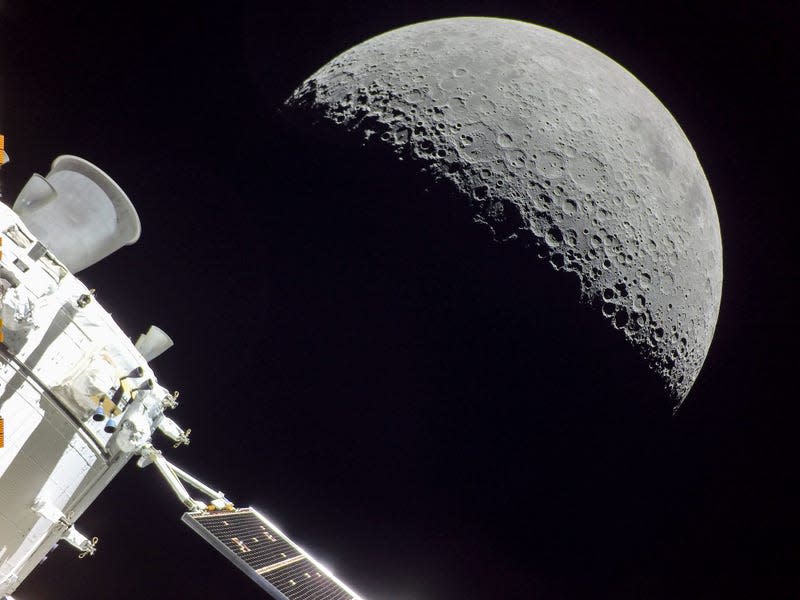
Orion is now moving away from the Moon and is expected to return home on Sunday, December 11 at 12:40 p.m. ET. This image was captured on flight day 20, after the flyby burn.
More from Gizmodo
Sign up for Gizmodo's Newsletter. For the latest news, Facebook, Twitter and Instagram.

